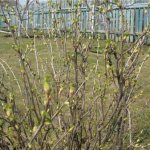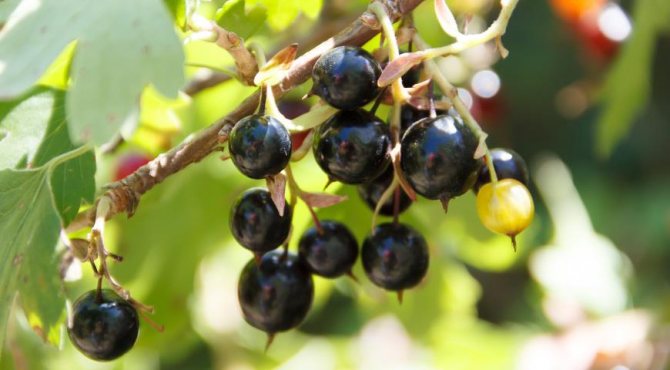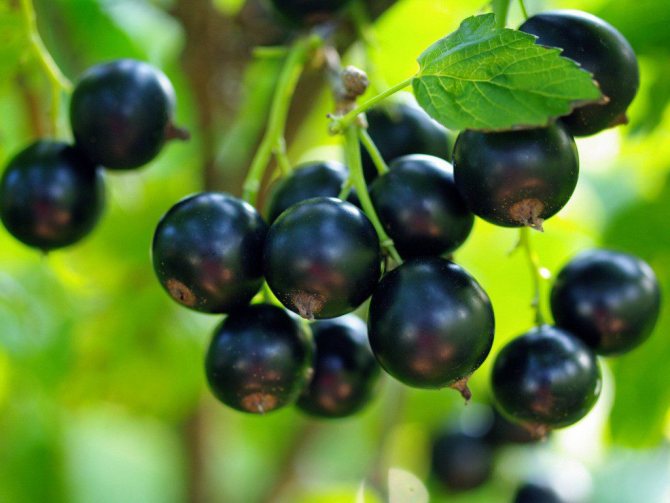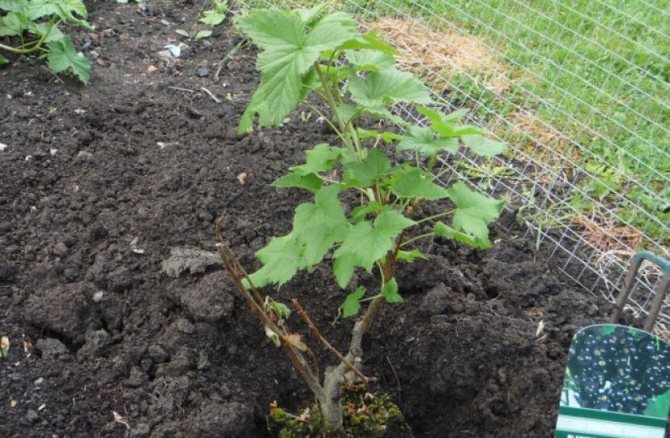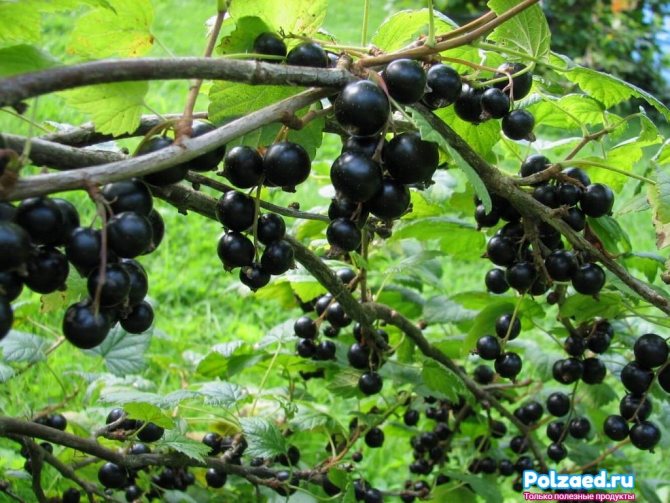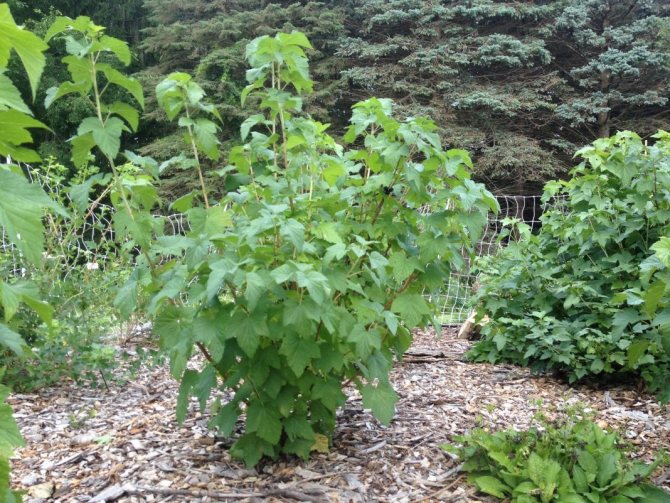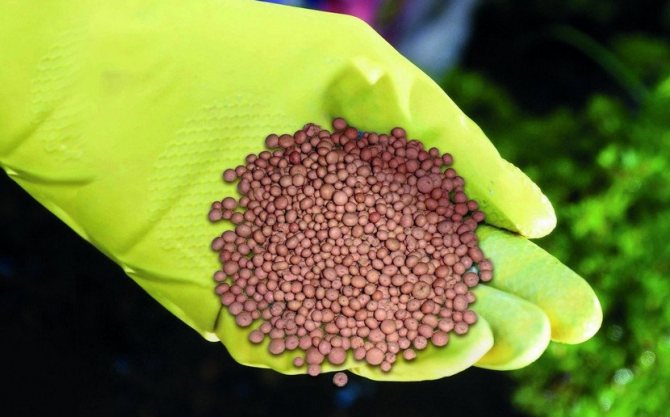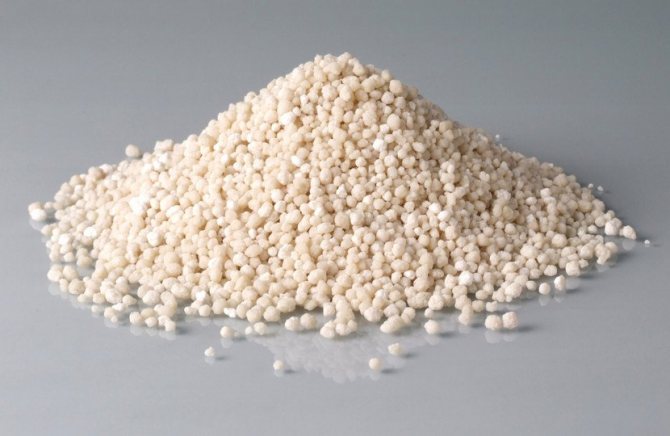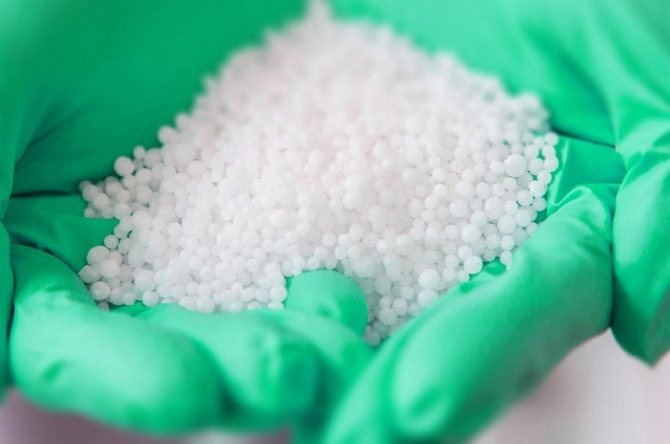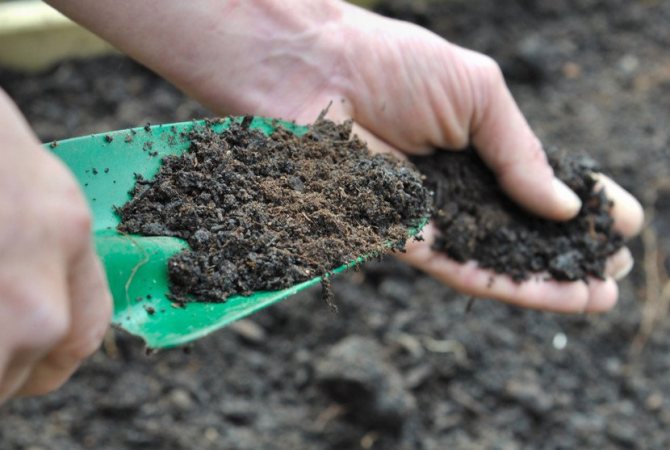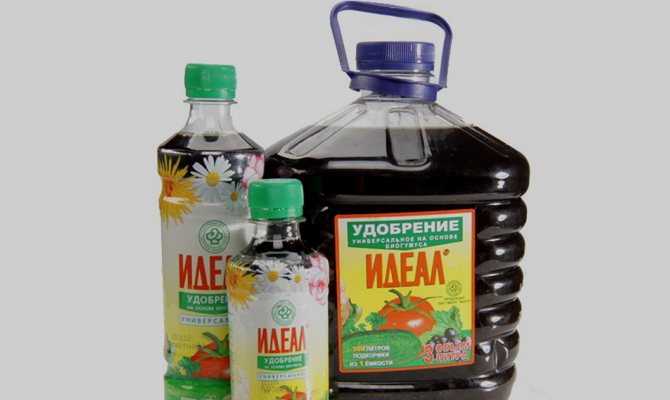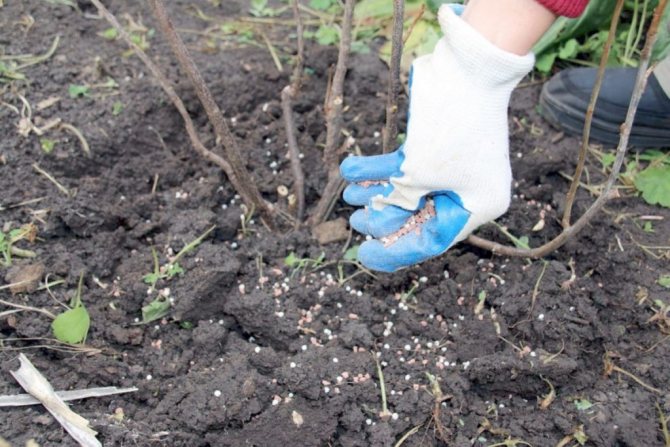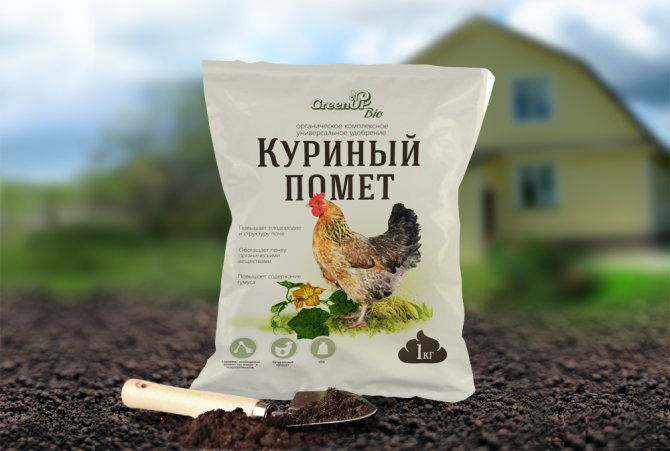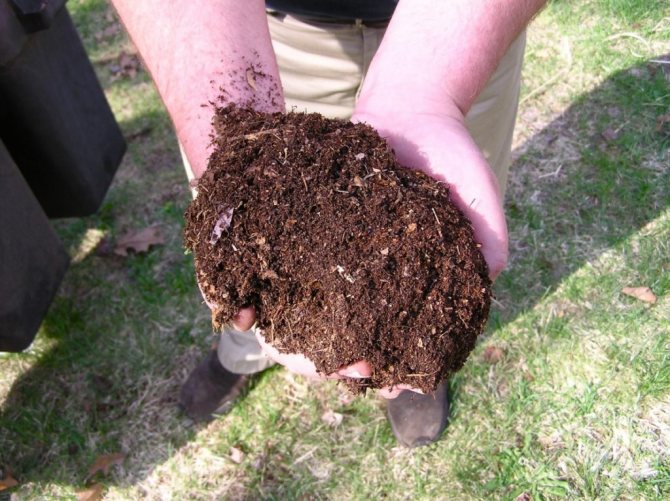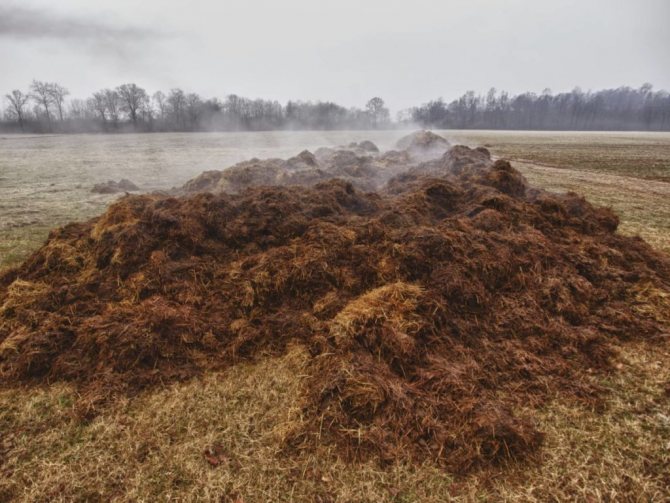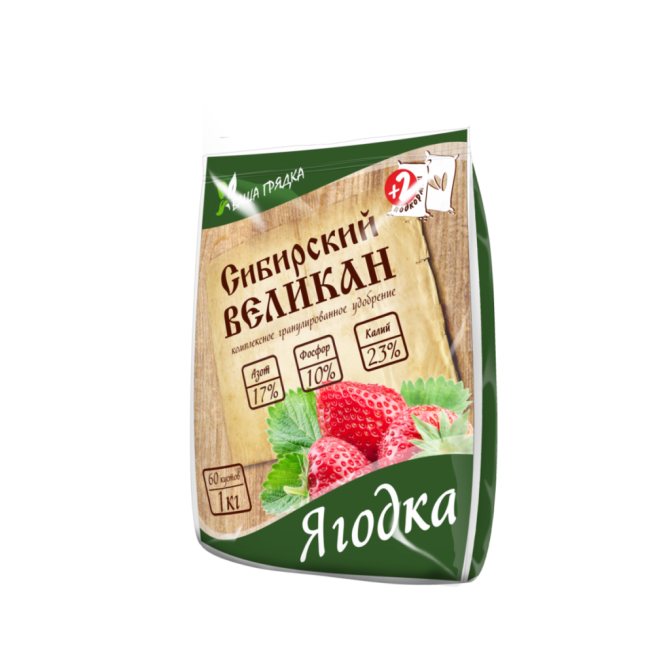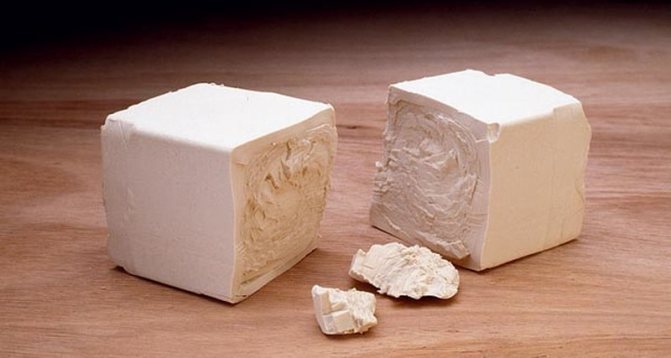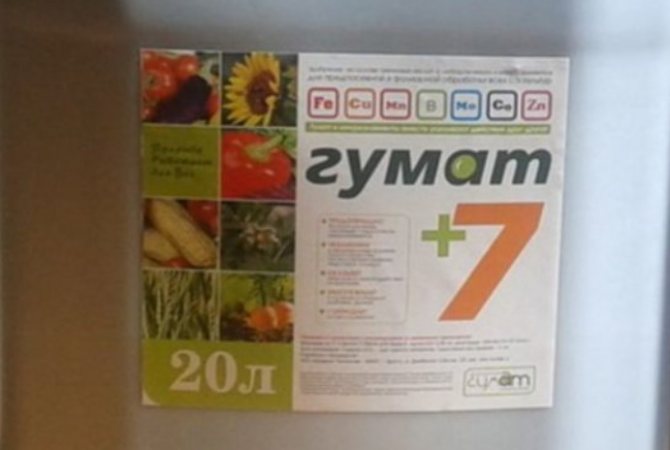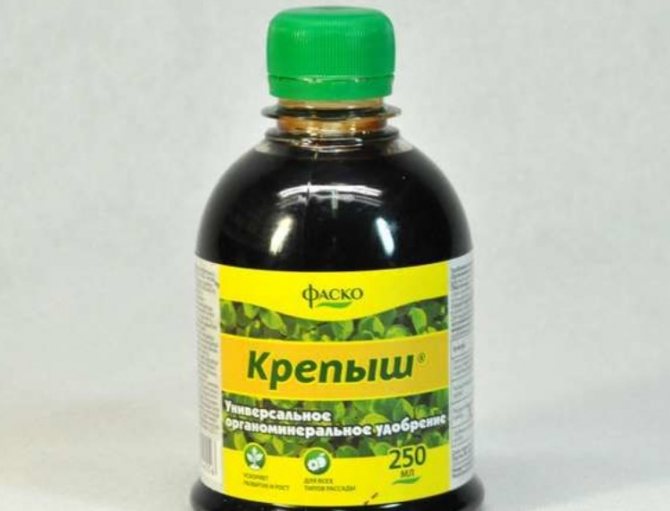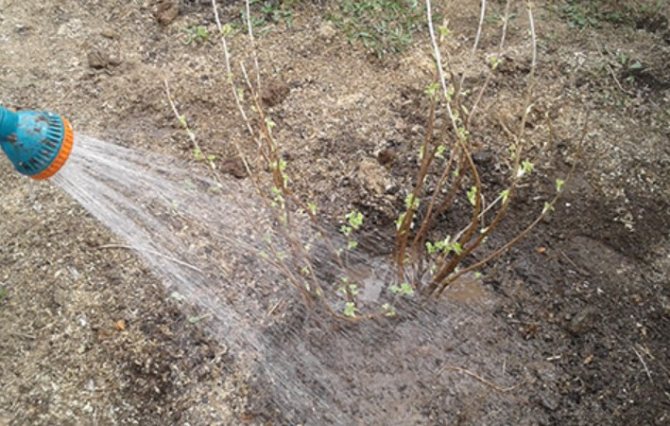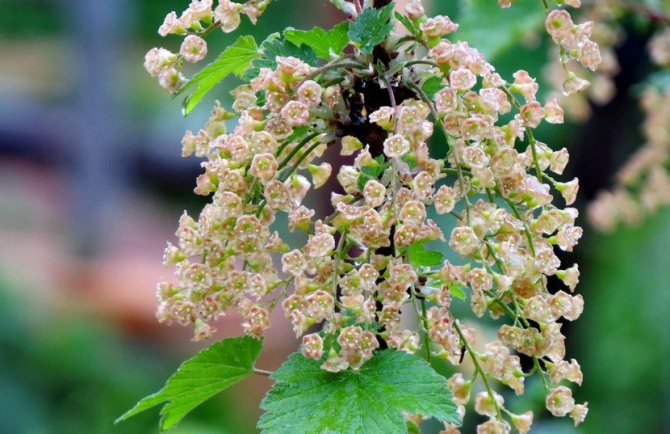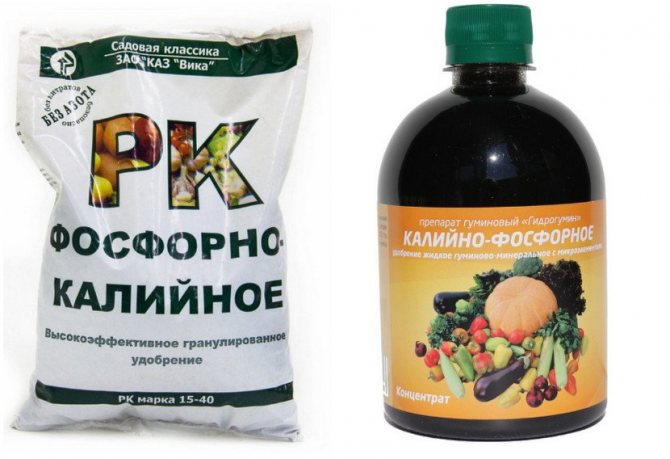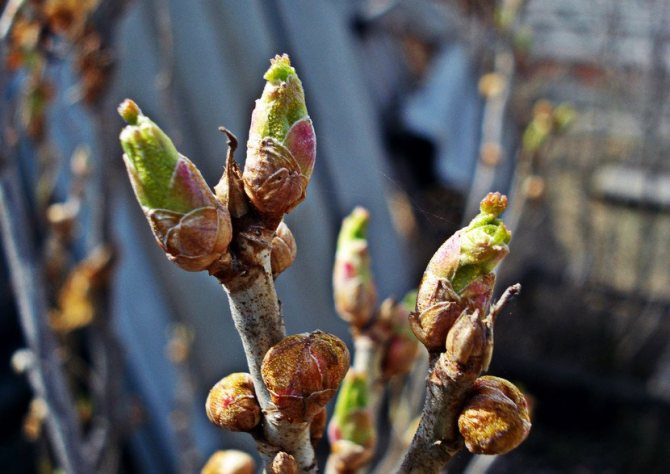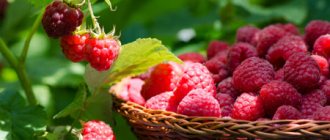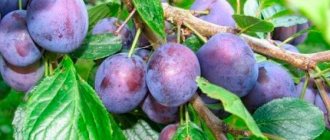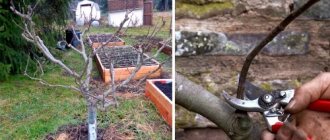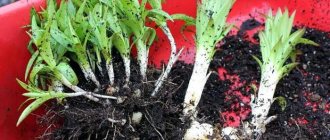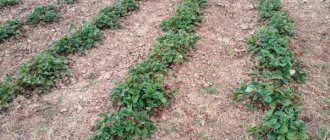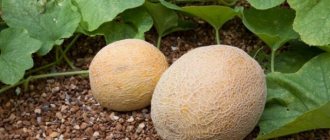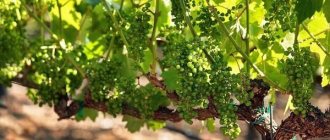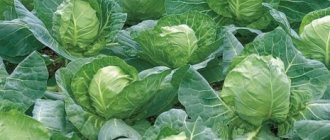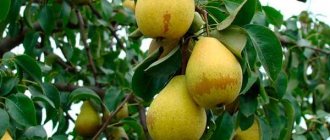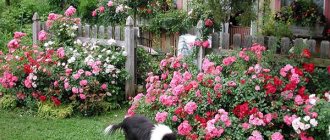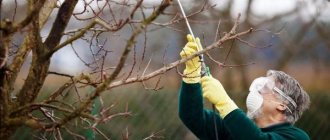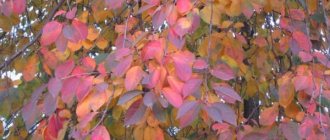One of the important stages in the cultivation of any suitable crops is the timely introduction of nutrients into the soil. Fertilizers for currants in the spring are applied for the sole purpose of increasing the yield of berries. But the correct application of dressings can not only increase the fruiting of a shrub, but also make it stronger and more resistant to diseases and pests.
In this article, you will learn how to fertilize currants in spring and what organic and mineral dressings are best for this. Correctly feeding in the spring with mineral and organic fertilizers will help the advice of experts, photos and videos given in this article.
- Features of the
- The ways
Features of making spring dressings
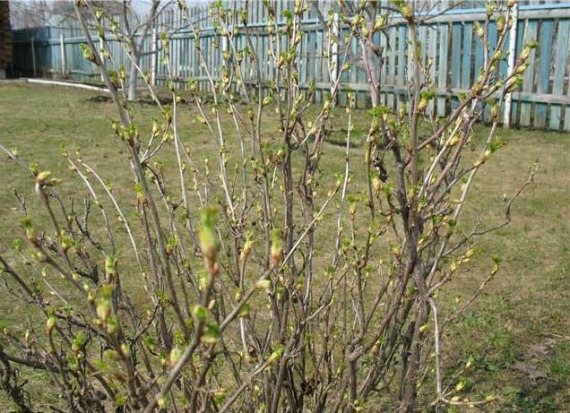
Several spring dressings contribute to the increased growth of the fruit shrub, the active appearance of new shoots and green mass, as well as flowering and the formation of the ovary. The future harvest directly depends on the timely application of fertilizers in the spring. To support horticultural crops, various types of industrial or home dressings are used.
When to fertilize in spring for currant bushes
The first organic top dressing (for example, rotted compost, humus or bird droppings) in the amount of eight to ten kilograms for each seedling is introduced into the planting pit during planting. These reserves of nutrients will be enough for the plant for the first two years, when the currants will not yet bear fruit. In the third year, the currant bears the first fruits, which means that it actively selects fertilizers from the soil. From this period, it is necessary to feed the garden culture every year.
Important! When making the first spring top dressing, it is recommended not to rush, but wait until the earth warms up to a temperature of seven to ten degrees Celsius. At a lower soil temperature, the roots of the currant bush will not be able to absorb fertilizers.
Main steps
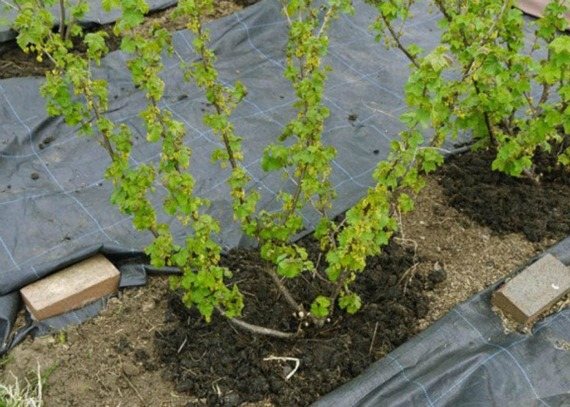

Top dressing in the spring depends on the phase of development of the garden plant. Spring care begins with pruning the bushes, loosening and weeding, and only then - additional nutrition.
- First time fertilizer is applied at the beginning of spring, when the currants are just awakening. During this period, her kidneys swell. At this stage of development, the culture needs a lot of nitrogen. Liquid mineral or organic fertilizers can be used.
- Second time (after about fifteen days) - it is recommended to apply organic or complex fertilizers with the obligatory content of potassium and phosphorus, scattering them directly under the bush.
- Third time (after another fifteen days) - in the form of a liquid nutrient solution for spraying with any kind of fertilizer.
Top dressing methods
There are two ways to apply top dressing: root (watering directly under the bush) - the main and most common, foliar (leaf spraying) - additional.
With the root method of fertilization, liquid and dry compositions are used. Solutions are quickly absorbed into the soil and immediately penetrate to the roots, while dry mixes or granules first dissolve in moist soil (during rain or after watering).
Spraying is recommended only in steady daytime warm weather and warm nights. By foliar method, plants are fed as needed. Leaves perfectly absorb nutrients together with an aqueous solution and respond positively to such feeding with enhanced growth and full development.
Important! It is recommended to irrigate the leaves of currant bushes only at night, after sunset. Damp foliage in the daytime sunlight can cause burns.
What else needs to be done in the spring to get a good harvest of currants
The spring currant care measures include the following:
- opening after winter (removal of the winter shelter);
- spring pruning;
- transplant (if necessary);
- loosening and weeding;
- directly feeding;
- watering;
- mulching;
- processing of currants from diseases and pests;
- aphid control.
By the way! The site also has general detailed article on spring currant care.
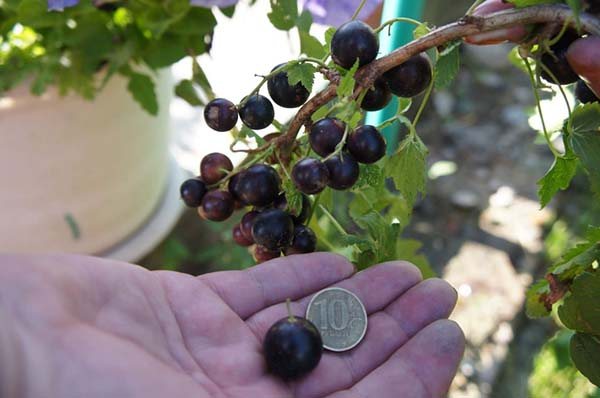

Thus, in order for the currant to thank you with a generous harvest, you definitely need to regularly feed the currant bush in the spring and autumn. It will not take you much time, but you will definitely appreciate the result. It is only necessary to know exactly when, how and with what, in other words, to act according to the above instructions.
Video: how to feed black currants in spring
Top dressing of black, red and white currants
Red and white currants are moisture-loving crops, which should be fed only with the help of liquid fertilizers. Experienced gardeners advise against chlorine. Instead, fruit representatives will well accept wood ash in the form of an infusion. Useful solutions must be applied to the soil over the entire area of the berry bush and, at least once, in the form of spraying.
But black currants will be grateful for additional nutrition in any form. But excess nutrients are undesirable.
Potato peelings for currants
It has become fashionable among gardeners to use potato peelings as fertilizer. As a rule, gardeners save the peel all winter, dry it or freeze it. Purification is buried under different crops, but judging by numerous observations, it is black currant that is most responsive to such feeding.
In the potato peel, which we usually throw away, there are various macro- and microelements, and most importantly - starch, which decomposes into glucose over time. In addition, a high content of nitrogenous substances is noted in the purifications. This home fertilizer should be applied in the spring as the main top dressing.
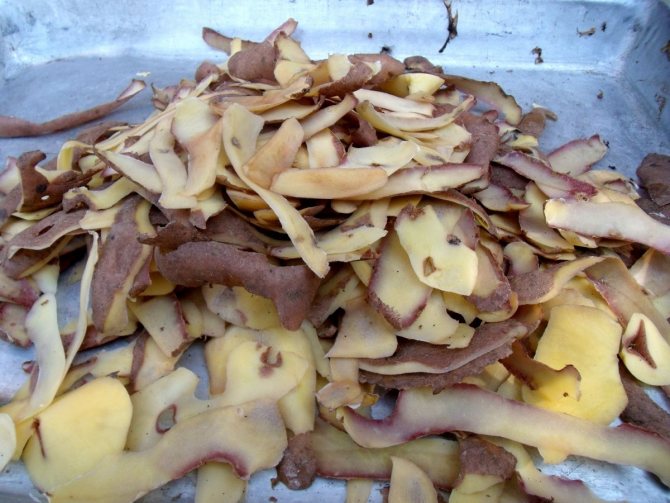

The potato peels we throw away can serve as good nutrition for the currants.
One way to use potato peels:
- Be sure to pour boiling water over the peel before adding. In this way, you neutralize the causative agents of late blight, scab and other diseases. In addition, as a result of steaming, all eyes will die (which means that a spontaneous potato plantation will not grow under your currants).
- As in previous cases, you need to dig a groove 30 cm deep next to the bush.
- Lay the potato mass moistened with water on the bottom, in a layer of about 5 cm.
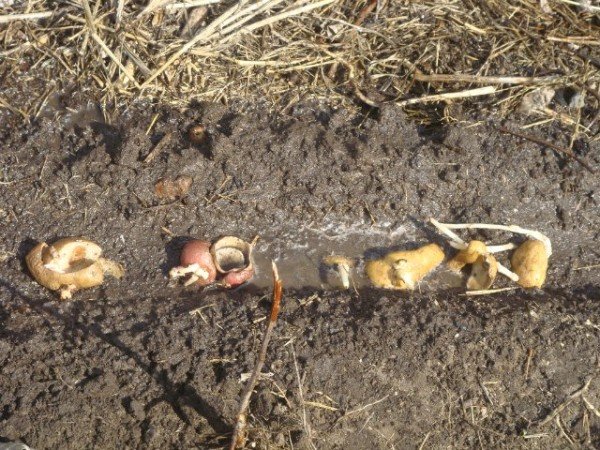

At the bottom of the prepared groove, lay out potato peels moistened with water
- Cover the cleaners with soil (10 cm) and evenly sprinkle a glass of wood ash on top.
- Fill in the groove without stirring.
Ash will supplement organic feeding with microelements, but you should not mix it with cleanings. The nitrogen contained in the purification, when interacting with alkali (ash), turns into ammonia and volatilizes. In this case, feeding will be ineffective. The best option is to add ash 5-7 days after nitrogen-containing fertilizing.
Fertilizing currants during flowering and ovary formation
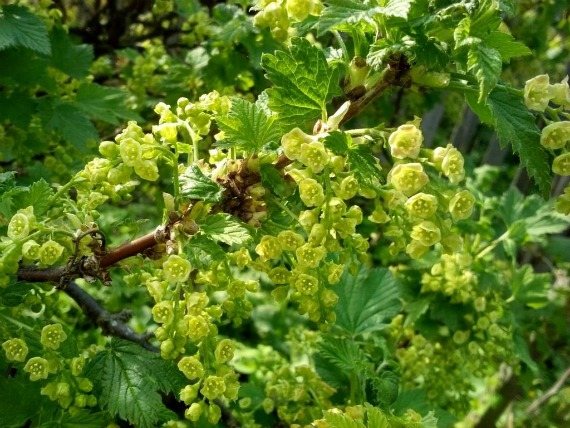

Top dressing during flowering to increase yields:
- a solution of ten liters of water, superphosphate and potassium sulfate (ten grams each) is used for watering under a bush;
- a solution of ten liters of water, superphosphate and potassium sulfate (three grams each) is used for spraying;
- a solution of ten liters of water, boric acid, copper sulfate, zinc sulfate (two grams each), potassium permanganate (five grams) - for spraying.
Top dressing during the formation of the ovary:
- during weeding and loosening of the site near each bush, the topsoil is mixed with wood ash (one hundred fifty - two hundred grams for one plant) and watered abundantly with warm water;
- a solution of five liters of water and half a bucket of ash is infused for two to three days, after which it is used for irrigation, adding ten liters of water to each liter of solution.
Mineral fertilizers for currants
Mineral fertilizers act quickly and therefore are often chosen by gardeners for currants. They come in different types, so you should be careful when choosing.
- Azofoska used in spring and when planting, as it contains a lot of nitrogen, phosphorus. 65-70 g of substance is consumed per bush in spring. And if you need to carry out foliar feeding, then 1-2 tbsp is taken for 10 liters of cold water. l. drug.
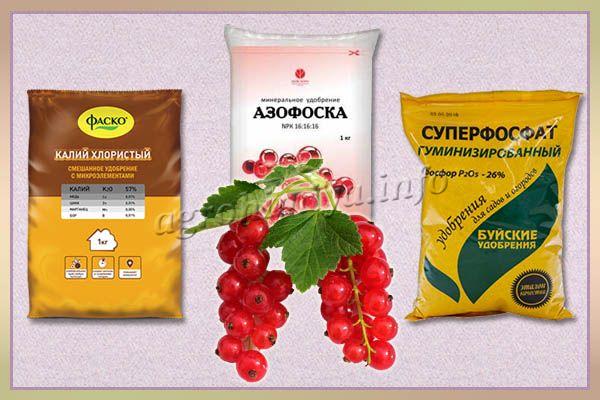

Mineral fertilizers for currants
- Phosphoric fertilizers are needed in summer and autumn. Superphosphate is most often used. Only 1 tablespoon of the product is enough for a bush. Superphosphate can be dissolved in water, but most often it is applied dry under a bush, loosened the ground and then watered abundantly.
- Potash fertilizer for currants is applied in summer and autumn. You can use potassium chloride or sulfate. The working solution is made from 15 g of the substance and 10 l of water. This amount is enough for 1 plant. It can be applied in the fall in dry form while loosening the soil.
Important!
It is important to observe the dosage with mineral fertilizers. It is better to apply less fertilizer than overfeed the currants.
Complex preparations like Bona Forte, Agrecol, Vila, Master, Planton can also be used to fertilize currants.
Basic rules for fertilization
- Any nutrient mixtures must be evenly distributed over the soil surface or mixed with the ground in the near-stem space of the bush.
- In order for the root system of the plant to receive sufficient fertilization, it is important to apply the preparations to a site that will slightly exceed the size of its crown in diameter.
- Before applying spraying, it is necessary to carry out sanitary pruning of the bush and remove all dry branches.
- Nitrogen-containing dry mixes (store-bought) must be mixed with the soil around the bush, and organic matter can simply be scattered over the surface and watered.
- Combined feeding methods, in which the foliar and root methods are used at the same time, are considered more effective and beneficial for currant bushes.
- For the preparation of foliar dressings, you can use only those preparations that completely dissolve in water, otherwise the leaf mass will receive severe burns and die.
How to fertilize currants
Check out these articles as well
- Insecticide Acarin
- Fertilizer HB 101
- Ammonium sulfate
- Why do the tips of leaves in indoor plants dry?
You can apply fertilizer for currants by root and foliar method. Each of these methods has its own characteristics.
- Root dressing can be carried out by means of dry or liquid fertilization. But before carrying out it, it is necessary to thoroughly water the currant bushes so that the earth is moist. Such dressings are used mainly in early spring and autumn.
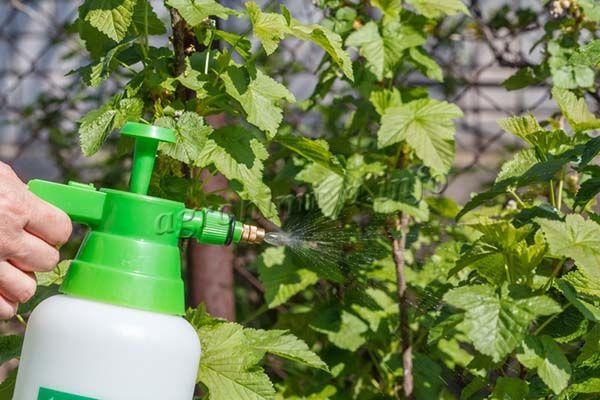

Foliar dressing or spraying is a quick way to saturate the currants with nutrients
- Foliar dressing or spraying is a quick way to saturate the currant with nutrients, since it absorbs minerals faster through the leaves than through the root. In this case, organic fertilizers, mineral fertilizers can be used, which can be dissolved in water.
Foliar dressing for currants is very useful, but in order not to harm the culture, it is necessary to accurately observe the dosage, otherwise burns may appear on the leaf plates and stems.
Types of fertilizers and dressings to increase the yield
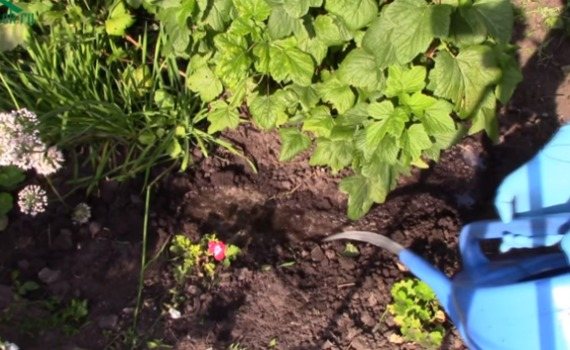

Mineral fertilizers
- Superphosphate is a nutritional mixture with a complete mineral complex for fruit and berry crops.
- Calcium nitrate - contains calcium necessary for plants.
- Ammonium nitrate - is used in the initial phase of development in the spring and promotes active plant growth due to its high nitrogen content.
- The drug "Kemira - Lux" - contains the required amount of nitrogen, potassium and phosphorus.
- The preparation "Super Piksa compost" - contains a large number of beneficial microorganisms and promotes active growth and full development of plants.
- Urea is a preparation with a high nitrogen content.
Effective fertilizer for currants - video
Organic feed
- A solution of ten liters of water and one liter of chicken manure.
- A solution of one part mullein and five parts warm water.
- Herbal infusion of stalks and leaves of nettle (more than half a bucket) and water (to the top of the container). Infusion lasts six to seven days.
- A solution of one liter of poultry manure, fermented for one week, and two tablespoons of urea.
Complex feeding
- "Gumi - Omi Berry" - contains chicken droppings, as well as all macro and micro elements necessary for currants.
- "Nitroammofoska" - consists of equal amounts of nitrogen, potassium and phosphorus.
- "Kalimagnesia" - contains potassium and magnesium.
- "Diammofoska" - contains a minimum of nitrogen and a maximum of potassium and phosphorus.
- "Berry bushes" from "Fasco" - a mineral complex in granules to increase the yield of currants.
Folk recipes
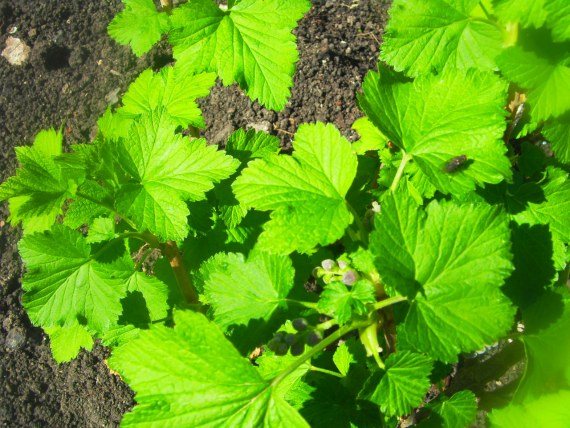

Experienced gardeners recommend tried and tested folk dressing recipes to increase the yield of fruit and berry bushes.
Yeast
A solution prepared from warm water (ten liters), yeast (two hundred grams of fresh or seventy grams of dry), sugar (one glass) is used as a liquid nutritional supplement. After insisting for forty-eight or seventy-two hours, each liter of the fermented mixture is combined with ten liters of water and the crops are watered abundantly at the rate of five liters each.
Potato peelings
During active growth, currant bushes require starch, which they can get from ordinary potato peelings. This organic material, unnecessary for humans, is used to prepare a natural infusion. A large container is filled to about seventy percent with purifications, then top up with hot water and left in a room at room temperature for two to three days. Filter the solution before use.
Milk serum
For irrigation, you can use a solution prepared from five liters of water and one and a half to two liters of milk whey. Each plant requires about one liter of useful liquid.
Banana peel
To feed the bushes with potassium, a banana peel is useful. The remains of seven to ten bananas are placed in a large bucket, poured with hot water and left for two days in a warm room for infusion. Used for watering.
Bread crusts
Currant responds well to "bread" watering. First, a thick mixture is prepared - a base of equal parts of water and bread crusts. After insisting for a week, ten liters of water are added to each liter of the mixture and the plants are watered at the rate of five to seven liters each.
Herbal infusions
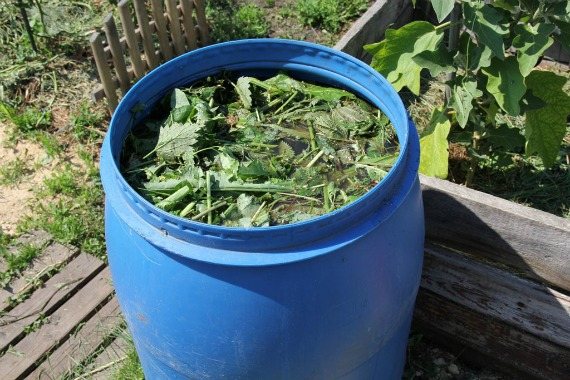

Herbal infusions give good results.They are prepared from various common plants - chamomile, wheatgrass, dandelion. To do this, in the garden area (in direct sunlight), you can put a large container, which is filled with herbaceous crops to the middle, and then filled with water and covered with a lid or thick film.
After the end of the fermentation process, which will last from seven to twelve days, filter the solution, add water (in a ratio of one to ten) and water the currants.
To increase the yield of currants, as well as for the prevention of various pests to bud break, it is recommended to process the berry area with boiling water using a watering can with a splitter. Each bush will require about three liters of water with a temperature of about eighty degrees.
How to feed currants in spring
In specialized stores, they offer to buy various means to increase the yield, the main thing is to be able to navigate in all the variety of goods.
Nitrogen fertilizers
This type of fertilizer provides the currant with a storehouse of nutrients for nutrition, stimulating the growth of the crown, activating the appearance of new leaf blades. They should not be carried away, an excess of nitrogen will give the advantage of greens, and not fruits, stopping the formation of inflorescences and berries.
In the video presented, you can see the spring feeding of currants with nitrogen fertilizers:
Spring is the best time to enrich the site with nitrogen.
Lack of nitrogen in the soil reduces yields, so fertilization is periodically required. To do this, use:
- peat compost;
- manure;
- bird droppings;
- ammonium nitrate;
- anhydrous ammonia;
- ammonium sulfate;
- urea;
- calcium cyanamide;
- urea.
Lack of nitrogen usually results in a sharp yellowing of leaves and inhibition of shrub growth.
Complex fertilizers
Use ready-made mixtures for crops marked "spring" or "spring". All fertilizing should be done only on damp ground, combined with watering or applied after rain. Also used as stimulants and for planting seedlings.
Complex mineral preparations are obtained by chemical reaction methods or by mixing elements. They have a significant concentration of active substances, so their consumption should be low so as not to damage the plants.
They are mixtures of salts:
- nitrogen-phosphorus;
- potassium-nitrogen;
- nitrogen-phosphorus-potassium compositions.
You can buy ready-made mixtures or do it yourself, purchasing all the necessary ingredients in specialized stores. Popular drugs:
- Nitrofoska;
- Ammofoska;
- Potassium nitrate;
- Ammophosphate.
There are also multicomponent nutritional formulations. They include basic elements and micronutrient fertilizers, therefore, they are especially needed in areas with poor soil, where they protect against diseases and increase yields.
The use of substances strongly depends on the type of soil, but in no case should you choose a preparation that contains chlorine. It is better to stop the choice on:
- Zinc - to reduce alkalinity.
- Copper - for swampy areas, peat bogs.
- Manganese - for black soil, which gives an alkaline reaction.
- Boron - for soils with a high sand content.
- Molybdenum - to reduce the acidity of the soil.
Phosphate fertilizers
Experienced gardeners recommend using phosphorus-potassium fertilizers for black currants. In this case, it will be necessary to dilute 10 g of potassium sulfate and 40 g of superphosphate for one shrub.
In his video, the gardener talks about the introduction of phosphorus fertilizers for feeding currants:
It is imperative to make a groove and pour the prepared solution into it. So the substances will reach the roots much faster.The size of the fruit depends on phosphorus, so without it, the currants will degenerate and will bear small berries.
Don't forget about potassium, its content directly affects the sweet taste. Therefore, many summer residents use these two substances together.
The most famous drugs:
- Superphosphate;
- Precipitate;
- Phosphorite and bone meal;
- Tomoslag and other substances.
Of these, superphosphate is especially distinguished. This group protects against pests, diseases and helps to increase yields. Feeding with superphosphate is done according to the rules:
- for young plantings, apply no more than 60 g;
- the older the bush, the higher the concentration;
- it is recommended to combine with nitrogen and phosphorus.
Phosphate fertilizers are a vital source of plant nutrition. Energy metabolism depends on it. With a sufficient phosphorus content, currants grow and develop normally.
This element has an interesting feature, with an overabundance, there are no negative consequences, since the plantings assimilate only the prescribed rate, not a gram more.
Organic feed
They are used to replace minerals, alone or in conjunction with them. An integrated approach gives excellent results, so very often gardeners mix and use all types of feeding.
The most widely used substances can be distinguished from organic matter: manure and compost. For vigorous growth and harvesting a significant harvest, you will need about 6 kg of fertilizer per 1 currant bush. They are buried near the trunk, not far from the root system.
How to use:
- Diluted manure. Pour fresh manure with water in proportions 1: 1, leave for at least 3 days. Then dilute with water 1:10. Water an adult bush with 1 bucket, and a young one with half.
- Bird droppings. Dilute 1:12 with water. The consumption is the same as for manure.
- Compost. They are used all round summer, since they do not contain nitrogen. They mulch the soil around the plantings with a layer of 1 cm.
Experienced gardening tips
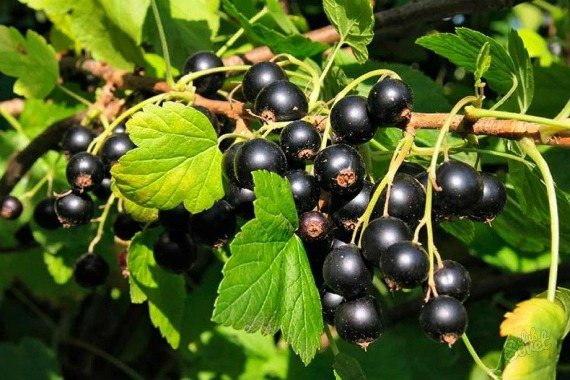

- It is recommended to apply liquid fertilizers and fertilizers under the roots of plants only after abundant watering. The soil at this point should not be dry, otherwise it will lead to serious damage to the root part.
- The procedure for adding additional nutrients should be carried out only before sunrise or after sunset, in cloudy weather, late in the evening. Bright sun and high air temperatures can turn useful additives into dangerous ones and destroy berry bushes.
- If the currant crops received a good portion of dressings in the autumn, then in the spring, fertilizers can not be used.
- Fertilizers purchased in specialized stores must be used strictly according to the instructions and only in the recommended dosage. The “the more the better” method does not work in this situation. Excess nutrients will lead to disease or death of crops.
- You cannot apply fertilizing and fertilization if the plant is sick. First, you need to take steps to restore his health.
- When using organic mixtures or solutions, it is also important not to exceed the dosage. Plants respond positively to small doses throughout the season and negatively to one, but huge feeding.
Rules for feeding
Top dressing can be root and foliar. The rules for their introduction are radically different from each other. So, the first ones are carried out in specially cut grooves with a depth of about 10 cm, which should be at least 40 cm from the bush. Fertilizers in the spring are used mainly nitrogen. And nitrogen is very easily volatilized. Therefore, preparations containing it must be added dropwise, having previously well moistened the root circle.
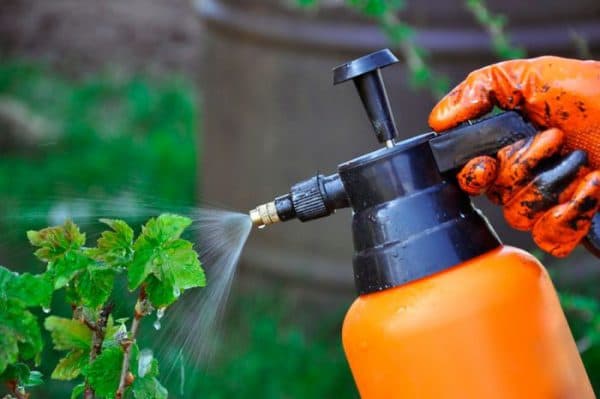

Foliar dressing can be carried out two weeks after root dressing twice a season.
All components are separately diluted with water, and then all solutions are poured into one container.The composition may contain urea, boric acid, zinc chloride, potassium permanganate and more.
Foliar dressing is best done in the evening, in calm weather.
More details on fertilization methods can be found below.
What you need to know about the Gooseberry family
In order to have a clear picture of how to properly feed berry bushes, you need to imagine what morphological features they have.
Surprisingly, but currants and gooseberries belong to the same Gooseberry family.
Currants are divided into 2 types:
- black;
- red.
The rest of the color range of currants is only a varietal variety. The varieties belong to black currants: green and purple, to red - pink, white, yellow.
Top dressing of currant and gooseberry bushes in spring is carried out according to the same rules.
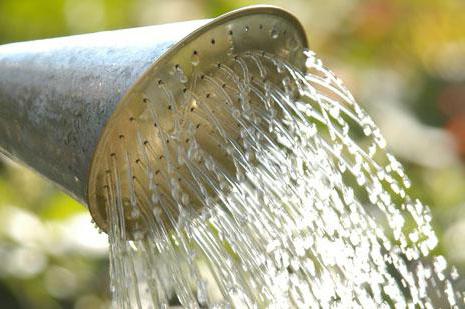

How to know when a plant needs to be fertilized
The plant demonstrates the most obvious signs of a deficiency of certain substances. These symptoms are guided by when preparing mixtures for feeding and adjusting their composition.
Nitrogen deficiency
The lack of nitrogen compounds will be visible almost immediately. With a nitrogen deficiency, plants develop poorly and practically do not grow during the year. Buds swell and bloom very slowly, leaves and new shoots are formed in small quantities. Find out about the best varieties of currants in this article.
Phosphorus deficiency
If the amount of phosphorus is insufficient, small leaves with a purple tint, sometimes with specks of necrosis, will be noticeable. Buds and ovaries on such bushes will be extremely reluctant to form. In the process of fruiting, such a deficiency will significantly affect - the berries will not be able to fully form and will remain small, sour and dry.
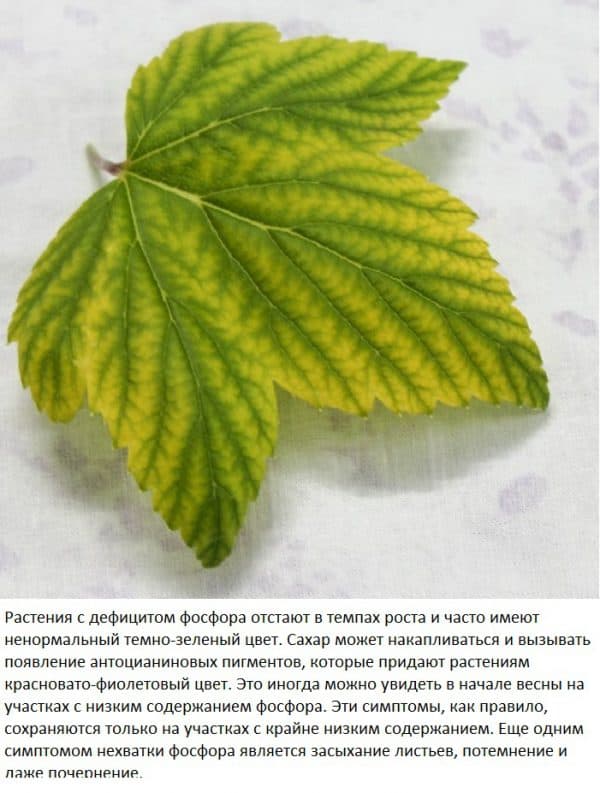

Potassium deficiency
First, yellow and then brown spots on the leaves indicate a lack of potassium. In this case, the leaves will not crumble, despite the fact that they die off. Thin, pale and weak shoots will also indicate that it is worth adding potash fertilizers to the soil.
Specialized formulations
Fertilizing currants in the spring with mineral fertilizers is a simple and effective way of introducing the required amount of nitrogen into the soil.
Urea (urea) is most often used for the first spring feeding:
- for young plants (2-3 years old) - 40-50 g for each bush;
- for adult fruiting plants - 20-40 g, divided into 2 dressings.
The use of specialized mineral formulations is the simplest feeding method. You can buy them at hardware stores, gardening stores, or in the marketplace. How to apply fertilizers, in what proportions and in what time frame - the manufacturer indicates this information on the packaging. You just need to remember rule number 1, which was mentioned above.
Supporters of sustainable ways of caring for plants use nutritional mixtures proposed by nature itself and folk experience.

